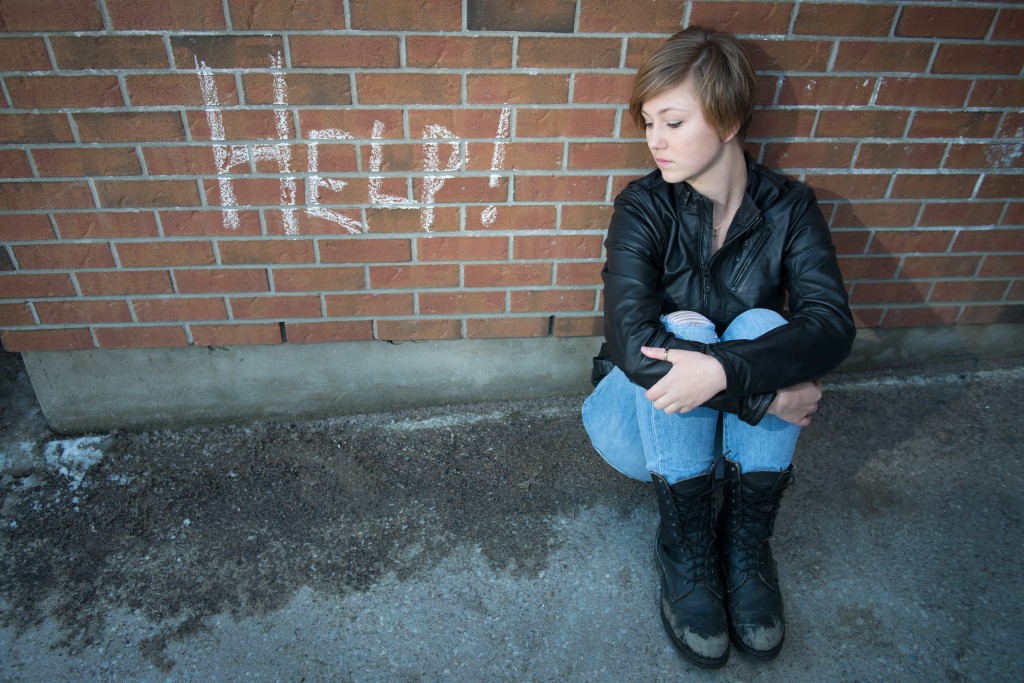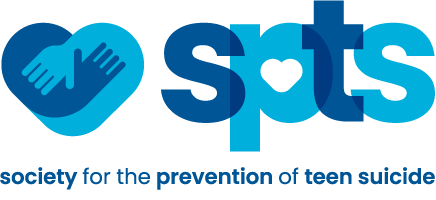Are you concerned that your child might be bullied?
Potential Signs to look for:
- Does s/he return home from school with torn, damaged, or missing articles of clothing, books or belongings?
- Does s/he have unexplained cuts, bruises or scratches?
- Does s/he have few, if any, friends?
- Does s/he seem afraid of going to school?
- Has s/he lost interest in school work?
- Does s/he have physical complaints, trouble sleeping or frequent nightmares?
- Does s/he appear sad, moody or depressed?
- Does s/he appear anxious, worried, or have poor self-esteem?
- Has s/he become quiet, sensitive or passive?
If you notice any of these things, talk with your child and keep your eyes open. Don’t get frustrated if your initial attempts at a conversation about bullying go nowhere. It can take time for kids to open up about what may feel like an embarrassing experience. Be patient and persistent. It can also help to express your concerns to your child’s teachers and ask them to observe his/her social interactions more closely. Always stay supportive of your child! If you continue to feel uneasy despite reassurances from both your child and his/her teachers, consult with a mental health professional.
One of the biggest stories making headlines today is the news about the pervasiveness of bullying behaviors in youth. As most of u s probably remember from our own childhood, bullying has been around for a long time. It has always been mean-spirited, primarily about intimidation and power, and pitted a child (or adult) who seems different against other peer group members. It’s never a once in a lifetime occurrence – it happens repeatedly, and there are often bystanders who witness the behaviors but do not intervene.
s probably remember from our own childhood, bullying has been around for a long time. It has always been mean-spirited, primarily about intimidation and power, and pitted a child (or adult) who seems different against other peer group members. It’s never a once in a lifetime occurrence – it happens repeatedly, and there are often bystanders who witness the behaviors but do not intervene.
What may make today’s bullying behaviors different is that they now can occur online, which has earned the name ‘cyberbullying’. Years ago, kids who were victims of bullies could retreat to the safety of their homes after an abusive experience at school. Now, however, the barrage of insults often continues via texts, emails, and Facebook messages. Because of the anonymity of the internet, cyberbullies may be even more coarse and abusive. It can seem as if there is no way to escape.
So what’s a parent to do?
Recognizing that bullying behaviors can occur in any peer group setting is an important place to start. Too many parents feel that their child is protected because s/he goes to a ‘good’ school or because the parents ‘know’ all of their child’s friends. Don’t fool yourself into thinking that you know everything that happens in your child’s life. Even young children keep certain things to themselves; the targets of bullying behaviors are often too intimidated or embarrassed to talk to anyone about what’s going on.
Here are some specific action steps to remember:
- Recognize that bullying does happen, even as early as elementary school. If you notice worrisome changes in your child’s behavior, try to remain open-minded and consider bullying as a possible cause. Ask questions about your child’s social interactions to see if s/he is having problems with particular peers. You don’t need to use the word “bullied”- you can ask if kids seem mean or bossy, or if your child feels left-out at lunch or recess. Kids face all kinds of social challenges and do not have to meet the technical definition of bullying to be having a difficult time with peers.
- Even though your child’s school may include curricula that deal with bullying behaviors or host assemblies on the topic, don’t rely on the school to be the primary monitor of bullying behaviors. Most bullying happens in places where there is no adult supervision: in halls, the lunchroom, playground or in bathrooms. School officials may be unaware that it’s even taking place.
- Have an open conversation about bullying with your child long before it becomes a problem. It’s a whole lot easier to have a conversation about prevention before there is a problem to prevent! Periodically revisit the topic. This isn’t a ‘one time only’ conversation, but a subject that should be regularly integrated into your discussions about what’s going on in your child’s life.
- Make use of opportunities presented by media coverage of bullying to get your child’s opinion on the subject. It may be easier to start a conversation about bullying that’s initiated by reactions to an impersonal news story than it is to talk about something personally affecting your child’s life. It can open the door to a discussion about bullying in a non-threatening way.
- Remind your child about the importance of telling a trusted adult if s/he is worried about being bullied or for a peer. Unfortunately, studies have shown that almost 25% of youth who have been bullied didn’t tell anyone about the experience.
- Pay attention to what happens in your own home. It’s a whole lot easier for kids to use abusive and foul language in the hallways of their schools if it’s what they’re used to hearing in the hallways of their homes.
- Recognize that your goal is to help your child learn to be bully-resistant, not bully free. There will always be bullies who scapegoat those they perceive to be different or weaker. Your job is to reinforce skills that will help your child respond if and when bullying occurs. What are some skills you can encourage in your children?
- Deciding on a plan of action before bullying occurs. Help your children understand how to identify intimidating, bullying behaviors and work with them to develop strategies to address them.
- While telling a trusted adult is the recommended strategy, especially for younger children, be sensitive to the perception that kids who ‘tell’ on their peers may be seen as tattletales or snitches. Help your child develop a plan to share this information with an adult in private.
- Avoid telling your child to ‘fight back’ and respond with similar intimidating behaviors. When bullying behaviors escalate, everyone loses! What you can encourage, is for your child to ‘fight back’ in a positive way by:
- Avoiding places where the bullying takes place.
- Staying off internet sites that contain intimidating or hostile messages.
- Identifying trusted adults with whom s/he can discretely talk about what’s been going on.
- Telling you!
- Encourage your child to be an ‘up-stander’ rather than a ‘bystander’. If they see someone else being bullied or harassed, urge them to intervene by getting an adult involved. Remind them that their job is not to stand up to the bully, but to find an adult to take on that responsibility.
- Finally, it is important that you maintain access to the websites frequented by your children, especially your younger ones. Even though most of them will argue that their privacy is being violated, children need to understand that privacy is not an absolute. While you can certainly respect some of the ways in which they are developing independence, because of the real dangers posed by the internet, you need to remain vigilant about that aspect of their lives.
You may have also seen stories in the press that link being bullied and suicide. While bullying behaviors are one of the risk factors for youth suicide, they are only one of many. It’s important to remember that there is more than one reason for every suicide. It’s equally important to learn what you can about not only youth suicide risk factors and warning signs but also about the factors that insulate or protect your child from suicide risk. Visit the SPTS website, www.sptsusa.org, to view the “Not My Kid” resource that contains valuable information to help you understand more about suicide risk for young people.

